Home>Construction & Tools>Building Materials>How To Remove Wood Stain From Brick
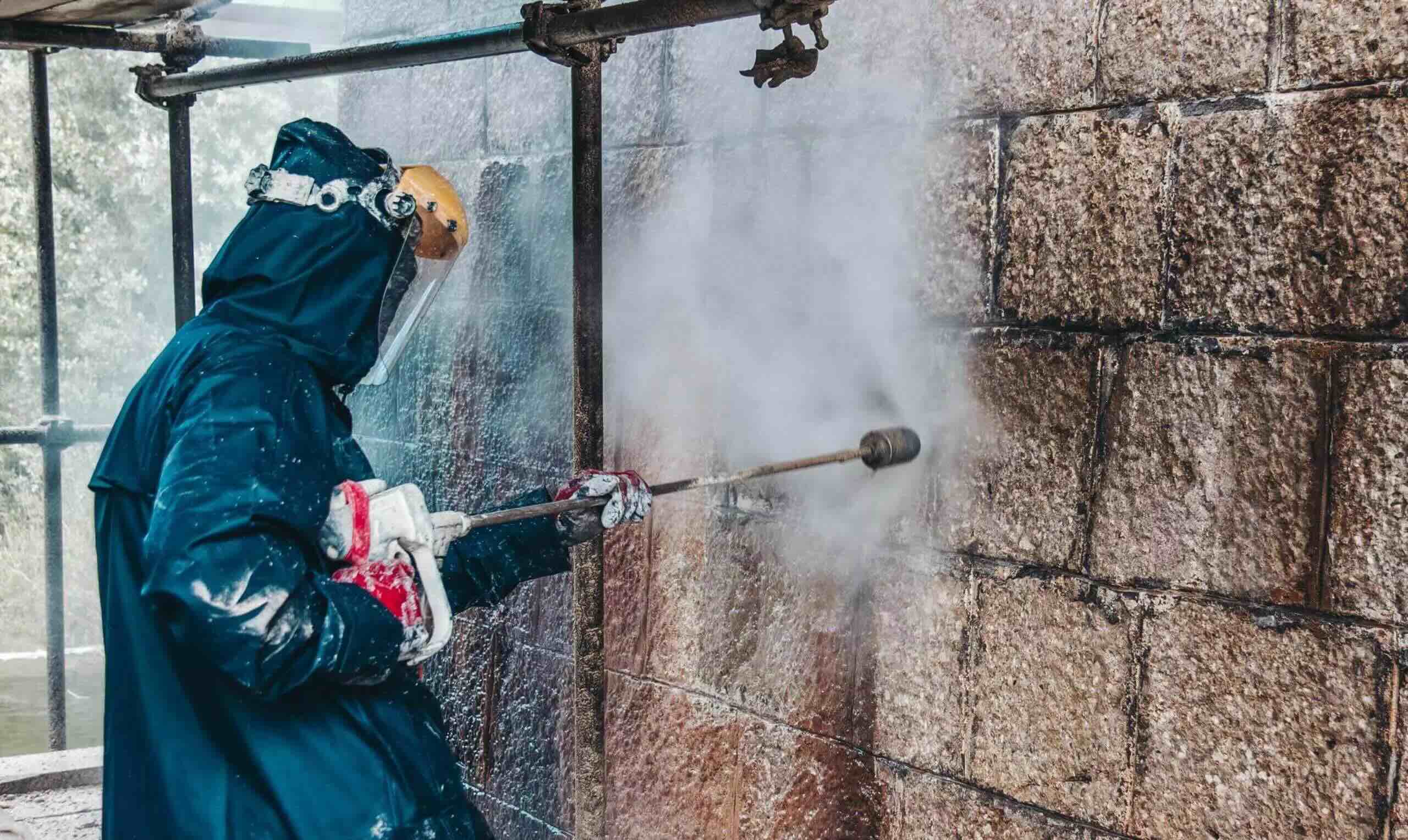

Building Materials
How To Remove Wood Stain From Brick
Modified: February 18, 2024
Learn effective methods for removing wood stain from brick using common building materials. Discover step-by-step instructions for restoring your brick surfaces.
(Many of the links in this article redirect to a specific reviewed product. Your purchase of these products through affiliate links helps to generate commission for Storables.com, at no extra cost. Learn more)
Introduction
Removing wood stain from brick can be a challenging task, but with the right knowledge and techniques, it is definitely achievable. Whether the wood stain is the result of accidental spills or previous renovation work, it can detract from the natural beauty of the brick surface. However, by understanding the nature of wood stain on brick and employing effective removal methods, you can restore the brick to its original splendor.
In this comprehensive guide, we will delve into the various methods for removing wood stain from brick, including the use of chemical cleaners and natural remedies. It's important to note that different stains may require different approaches, and the choice of method should be based on the severity of the stain and the type of brick surface.
By the end of this article, you will have a clear understanding of the best practices for removing wood stain from brick, along with important precautions and safety measures to ensure a successful and safe cleaning process. So, let's embark on this journey to rejuvenate your brick surfaces and bid farewell to those unsightly wood stains.
Key Takeaways:
- Say goodbye to wood stains on brick by choosing the right method. Understand the stain, use chemical cleaners or natural remedies, and prioritize safety for a successful cleaning process.
- Chemical cleaners break down stubborn wood stains, while natural remedies offer an eco-friendly alternative. Prioritize safety, test on a small area, and achieve a revitalized brick surface.
Read more: How To Remove Stains From Brick
Understanding the wood stain on brick
Wood stain on brick surfaces can be a result of various factors, including accidental spills during woodworking projects, seepage from wooden structures, or even deliberate staining for aesthetic purposes. Regardless of the cause, it's essential to comprehend the nature of wood stain on brick in order to effectively remove it without causing damage to the underlying surface.
When wood stain penetrates brick, it can create a stubborn and unsightly blemish. The porous nature of brick allows the stain to seep into its surface, making it challenging to remove. Additionally, the composition of the wood stain, which often contains pigments and binders, can further complicate the removal process.
Understanding the composition of the wood stain is crucial for determining the most suitable removal method. Oil-based wood stains, for example, can deeply permeate the brick and may require more aggressive cleaning techniques. Water-based wood stains, on the other hand, may not penetrate as deeply and could be more responsive to gentler cleaning approaches.
Furthermore, the type of brick surface must be taken into consideration when addressing wood stain removal. Different types of brick, such as clay brick or concrete brick, have distinct properties that can influence the effectiveness of various cleaning methods. The age and condition of the brick also play a significant role, as older or weathered bricks may be more susceptible to damage during the cleaning process.
In addition to the physical characteristics of the wood stain and the brick surface, the duration for which the stain has been present can impact the removal process. Fresh stains are generally easier to remove, while older, set-in stains may require more intensive cleaning methods to achieve satisfactory results.
By comprehensively understanding the nature of wood stain on brick, including its composition, the type of brick surface, and the duration of the stain's presence, you can make informed decisions when selecting the most appropriate removal method. This understanding will guide you in effectively restoring the natural beauty of your brick surfaces without causing unintended damage.
Methods for removing wood stain from brick
When it comes to removing wood stain from brick, there are several methods that can be employed to effectively restore the pristine appearance of the brick surface. The choice of method depends on various factors, including the type of stain, the type of brick, and the severity of the staining. Here are some effective methods for removing wood stain from brick:
Using Chemical Cleaners
Chemical cleaners are often the go-to solution for removing stubborn wood stains from brick surfaces. These cleaners are formulated to break down and dissolve the components of the wood stain, making it easier to lift the stain from the brick. When using chemical cleaners, it is crucial to select a product that is specifically designed for masonry surfaces and compatible with the type of brick being treated. Additionally, following the manufacturer's instructions is essential to ensure safe and effective application.
Using Natural Remedies
Natural remedies can also be effective in removing wood stain from brick, particularly for milder stains or for individuals who prefer environmentally friendly cleaning solutions. Common natural remedies include a mixture of vinegar and water, which can help break down the stain, and a paste of baking soda and water, which can be applied directly to the stained area to absorb the stain. It's important to note that natural remedies may require more time and repeated applications to achieve the desired results compared to chemical cleaners.
Read more: How To Remove Iron Stains From Brick
Precautions and Safety Measures
Regardless of the method chosen for removing wood stain from brick, it is important to take appropriate precautions and safety measures. This includes wearing protective gear such as gloves and goggles when handling chemical cleaners, ensuring adequate ventilation in the work area, and protecting surrounding surfaces from potential damage. Additionally, testing the chosen cleaning method on a small, inconspicuous area of the brick surface is recommended to assess its effectiveness and any potential adverse effects.
By carefully considering the nature of the wood stain, the type of brick surface, and the available cleaning methods, you can select the most appropriate approach for removing wood stain from brick. Whether opting for chemical cleaners or natural remedies, it's essential to proceed with caution and patience to achieve optimal results while preserving the integrity of the brick surface.
Using chemical cleaners
Chemical cleaners are often the preferred choice for removing stubborn wood stains from brick surfaces due to their potent formulation designed to break down and dissolve the components of the stain. These cleaners are available in various formulations, each tailored to address specific types of stains and surfaces. When selecting a chemical cleaner for removing wood stain from brick, it is crucial to choose a product specifically designed for masonry surfaces and compatible with the type of brick being treated.
Before applying any chemical cleaner, it is essential to thoroughly read and understand the manufacturer's instructions. This includes information on proper dilution ratios, application methods, and safety precautions. Additionally, it is advisable to wear protective gear such as gloves and goggles to prevent direct contact with the cleaner and to shield the eyes from potential splashes.
The application of chemical cleaners typically involves spraying or brushing the solution onto the stained areas of the brick surface. It is important to ensure even coverage and to allow the cleaner to penetrate the porous structure of the brick. Depending on the severity of the wood stain, the cleaner may need to be left on the surface for a specified duration to effectively break down the stain's components.
After the designated dwell time, the treated area is usually scrubbed with a stiff-bristled brush to agitate the cleaner and dislodge the loosened stain particles. This step is crucial for lifting the stain from the brick surface. Following the scrubbing process, the area is thoroughly rinsed with clean water to remove the residual cleaner and any remaining stain particles.
It is important to note that some chemical cleaners may require multiple applications to completely remove stubborn wood stains, especially if the stains have deeply permeated the brick surface. In such cases, it is essential to follow the manufacturer's guidelines regarding the frequency and limitations of repeated applications to avoid potential damage to the brick.
Furthermore, when using chemical cleaners, it is imperative to protect surrounding surfaces and vegetation from potential damage. Careful application and containment of the cleaner to the targeted stained areas can prevent unintended discoloration or harm to adjacent materials.
By selecting a suitable chemical cleaner, following the manufacturer's instructions diligently, and taking necessary safety precautions, the process of removing wood stain from brick using chemical cleaners can be effective in restoring the natural beauty of the brick surface. However, it is essential to exercise caution and patience throughout the cleaning process to achieve optimal results while safeguarding the integrity of the brick.
Using natural remedies
Natural remedies offer an alternative approach to removing wood stain from brick, particularly for individuals who prefer environmentally friendly cleaning solutions or for addressing milder stains. These remedies leverage common household ingredients known for their cleaning properties, providing a gentler yet effective means of tackling wood stains on brick surfaces.
One popular natural remedy for removing wood stain from brick involves the use of vinegar and water. Vinegar, a versatile household staple, possesses acidic properties that can aid in breaking down the components of the wood stain. To utilize this remedy, a solution of vinegar and water is prepared, typically in a 1:1 ratio, and applied directly to the stained areas of the brick surface. The acidic nature of the vinegar works to dissolve the stain, making it easier to lift from the porous structure of the brick. After allowing the solution to dwell on the stained areas for a period of time, the surface is scrubbed with a brush to help dislodge the loosened stain particles. Finally, the treated area is thoroughly rinsed with clean water to remove the residual vinegar solution and any remaining stain particles.
Another natural remedy involves the use of a paste made from baking soda and water. Baking soda, renowned for its mild abrasive properties and natural deodorizing capabilities, can be applied directly to the wood-stained areas of the brick surface. The paste is spread over the stained areas and left to dry, allowing it to absorb the stain and draw it out from the brick. After the paste has dried, the surface is scrubbed to help lift the absorbed stain particles, and then rinsed thoroughly with water to reveal the cleaned brick surface.
It is important to note that natural remedies may require more time and repeated applications to achieve the desired results compared to chemical cleaners. The gentle nature of these remedies may make them particularly suitable for addressing lighter or more superficial wood stains, while also offering an eco-friendly cleaning alternative.
When using natural remedies, it is advisable to test the chosen method on a small, inconspicuous area of the brick surface to assess its effectiveness and any potential adverse effects. Additionally, patience and persistence are key when employing natural remedies, as achieving optimal results may require multiple applications and thorough rinsing to ensure the complete removal of the wood stain.
By harnessing the cleaning properties of common household ingredients, natural remedies provide a viable and eco-conscious approach to removing wood stain from brick, offering a gentle yet effective means of rejuvenating the natural beauty of the brick surface.
To remove wood stain from brick, mix equal parts of water and white vinegar. Scrub the stained area with this solution using a brush or sponge. Rinse with water and repeat if necessary.
Precautions and safety measures
When undertaking the task of removing wood stain from brick, it is paramount to prioritize safety and take appropriate precautions to ensure a successful and risk-free cleaning process. The application of chemical cleaners and natural remedies, while effective in removing stains, necessitates careful handling and adherence to safety measures to safeguard both the individual performing the cleaning and the surrounding environment.
First and foremost, it is imperative to wear appropriate protective gear when handling chemical cleaners. This includes durable gloves to shield the skin from direct contact with the cleaner, as well as safety goggles to protect the eyes from potential splashes or fumes. Additionally, wearing a protective mask can help prevent inhalation of any airborne particles or vapors that may be emitted during the cleaning process, especially when using chemical cleaners with strong formulations.
Ensuring adequate ventilation in the work area is essential when using chemical cleaners. Proper ventilation helps disperse any fumes or odors produced by the cleaners, reducing the risk of inhalation and promoting a safer working environment. Opening windows and using fans to improve air circulation can significantly contribute to maintaining a well-ventilated space during the cleaning process.
Protecting surrounding surfaces and vegetation from potential damage is another crucial precaution to observe. Chemical cleaners, in particular, have the potential to cause discoloration or harm to adjacent materials if not applied carefully. Shielding nearby surfaces with protective coverings or barriers can prevent unintended contact with the cleaners, preserving the integrity of surrounding areas.
Before proceeding with the cleaning process, it is advisable to conduct a small-scale test of the chosen cleaning method on a discreet area of the brick surface. This test serves to assess the effectiveness of the cleaning solution and identify any potential adverse effects, such as discoloration or surface damage. By conducting a preliminary test, any unforeseen complications can be addressed before full-scale cleaning commences.
In addition to these precautions, it is essential to carefully follow the manufacturer's instructions when using chemical cleaners, ensuring proper dilution ratios, application methods, and safety guidelines are adhered to. Similarly, when employing natural remedies, patience and persistence are key, as achieving optimal results may require multiple applications and thorough rinsing to ensure the complete removal of the wood stain.
By prioritizing safety and observing these precautions, individuals can effectively remove wood stain from brick surfaces while minimizing potential risks and preserving the integrity of the surrounding environment. Taking these measures not only contributes to a successful cleaning outcome but also promotes a safe and responsible approach to maintaining the beauty of brick surfaces.
Read more: How To Remove Water Stains From A Brick Home
Conclusion
In conclusion, the process of removing wood stain from brick surfaces requires a thoughtful approach that considers the nature of the stain, the type of brick, and the available cleaning methods. Understanding the composition of the wood stain and the characteristics of the brick surface is essential for selecting the most suitable removal method. Whether opting for chemical cleaners or natural remedies, it is crucial to proceed with caution and patience to achieve optimal results while preserving the integrity of the brick.
Chemical cleaners offer a potent solution for tackling stubborn wood stains, with formulations designed to break down and dissolve the components of the stain. When using chemical cleaners, it is imperative to select a product specifically formulated for masonry surfaces and to follow the manufacturer's instructions diligently. Taking necessary safety precautions and protecting surrounding surfaces from potential damage are vital considerations when employing chemical cleaners.
On the other hand, natural remedies provide an eco-friendly and gentle approach to removing wood stain from brick, leveraging the cleaning properties of common household ingredients such as vinegar and baking soda. While natural remedies may require more time and repeated applications to achieve the desired results compared to chemical cleaners, they offer an environmentally conscious alternative for addressing milder stains.
Throughout the wood stain removal process, prioritizing safety measures, including wearing protective gear, ensuring adequate ventilation, and protecting surrounding surfaces, is paramount. Conducting a small-scale test of the chosen cleaning method on a discreet area of the brick surface can help assess its effectiveness and identify any potential adverse effects before proceeding with full-scale cleaning.
By combining a comprehensive understanding of wood stain on brick, the careful selection of cleaning methods, and the observance of necessary precautions, individuals can effectively rejuvenate the natural beauty of brick surfaces while maintaining a safe and responsible approach to cleaning.
In essence, the successful removal of wood stain from brick is not only about restoring the aesthetics of the surface but also about preserving the structural integrity and longevity of the brick. With the knowledge and insights gained from this guide, individuals can confidently embark on the journey to bid farewell to unsightly wood stains and welcome the revitalized allure of their brick surfaces.
Frequently Asked Questions about How To Remove Wood Stain From Brick
Was this page helpful?
At Storables.com, we guarantee accurate and reliable information. Our content, validated by Expert Board Contributors, is crafted following stringent Editorial Policies. We're committed to providing you with well-researched, expert-backed insights for all your informational needs.
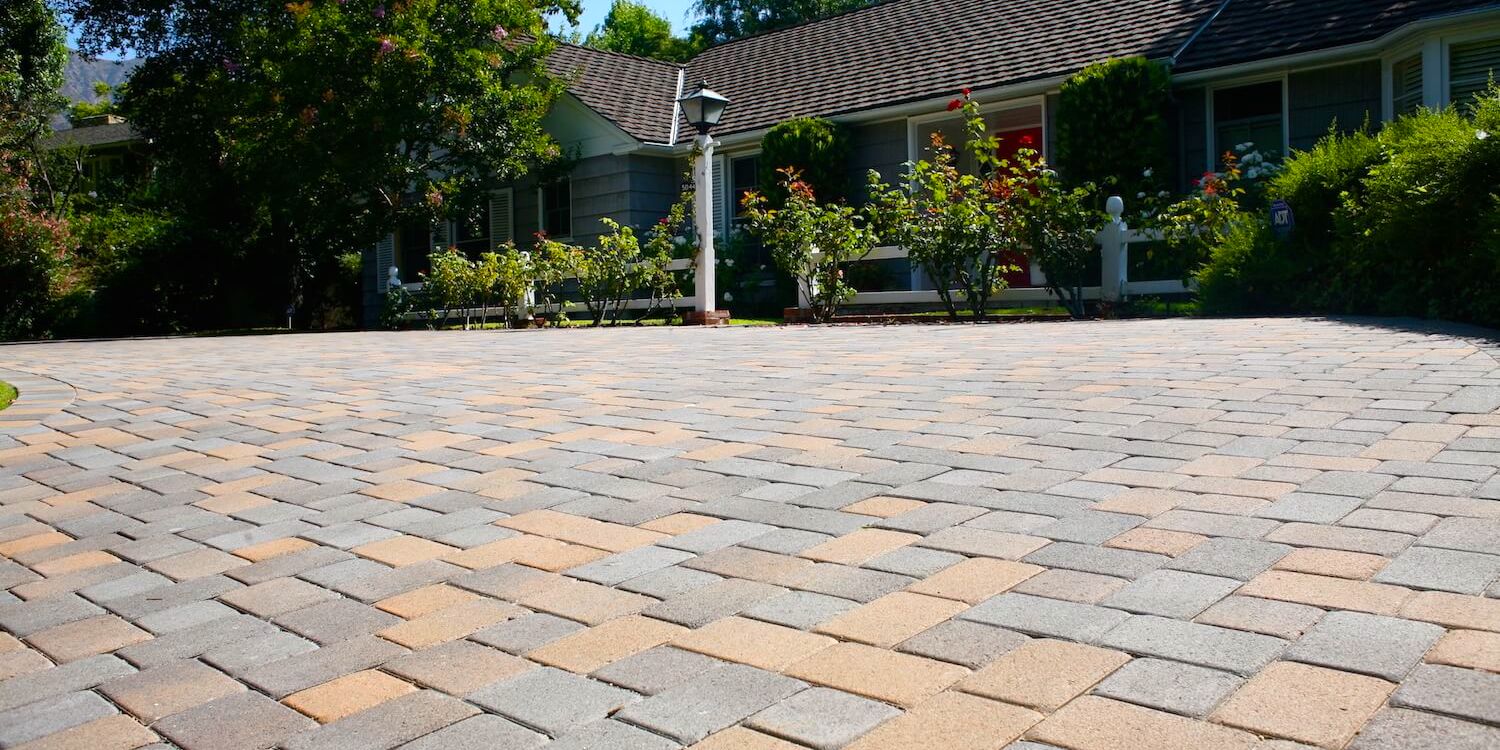
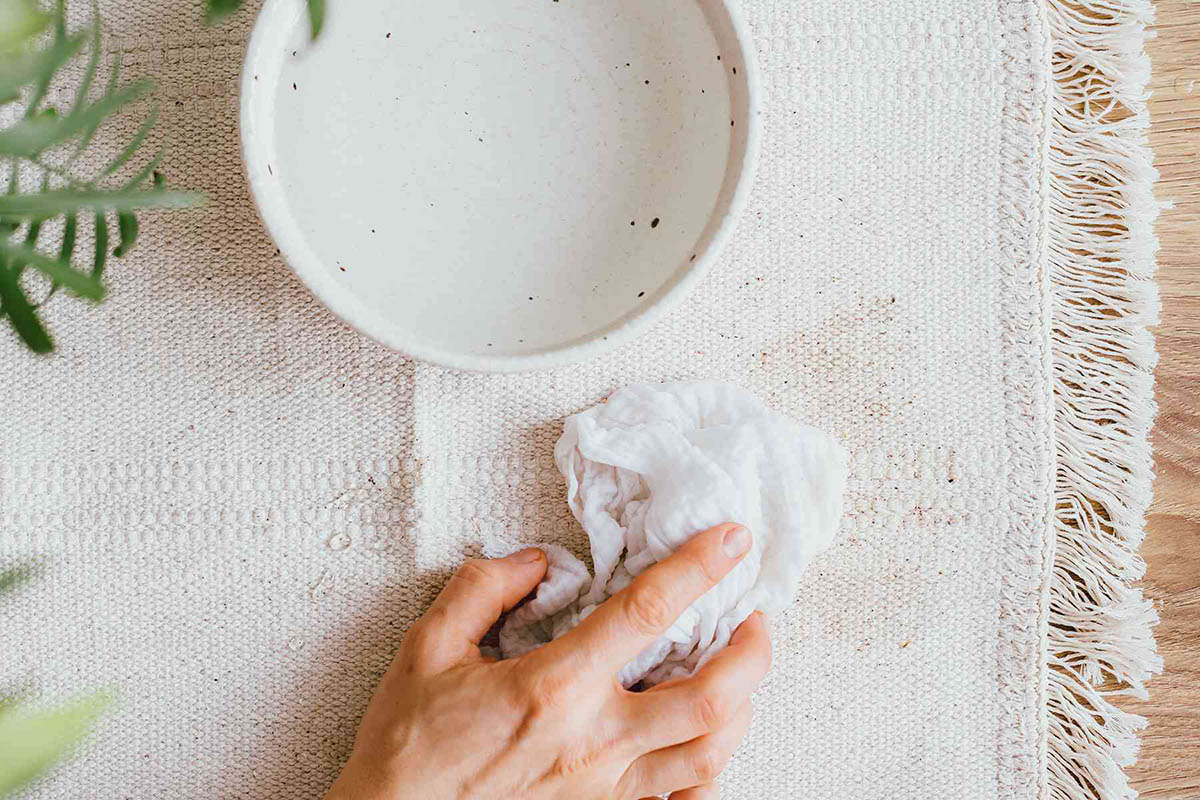
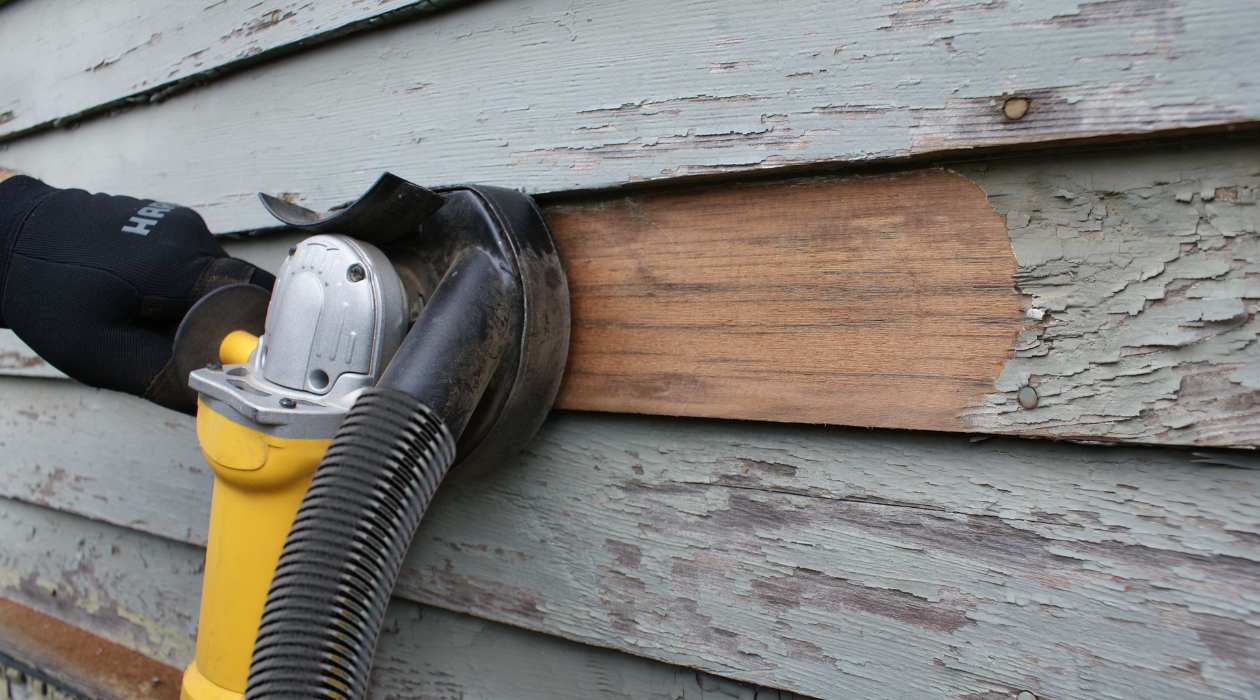
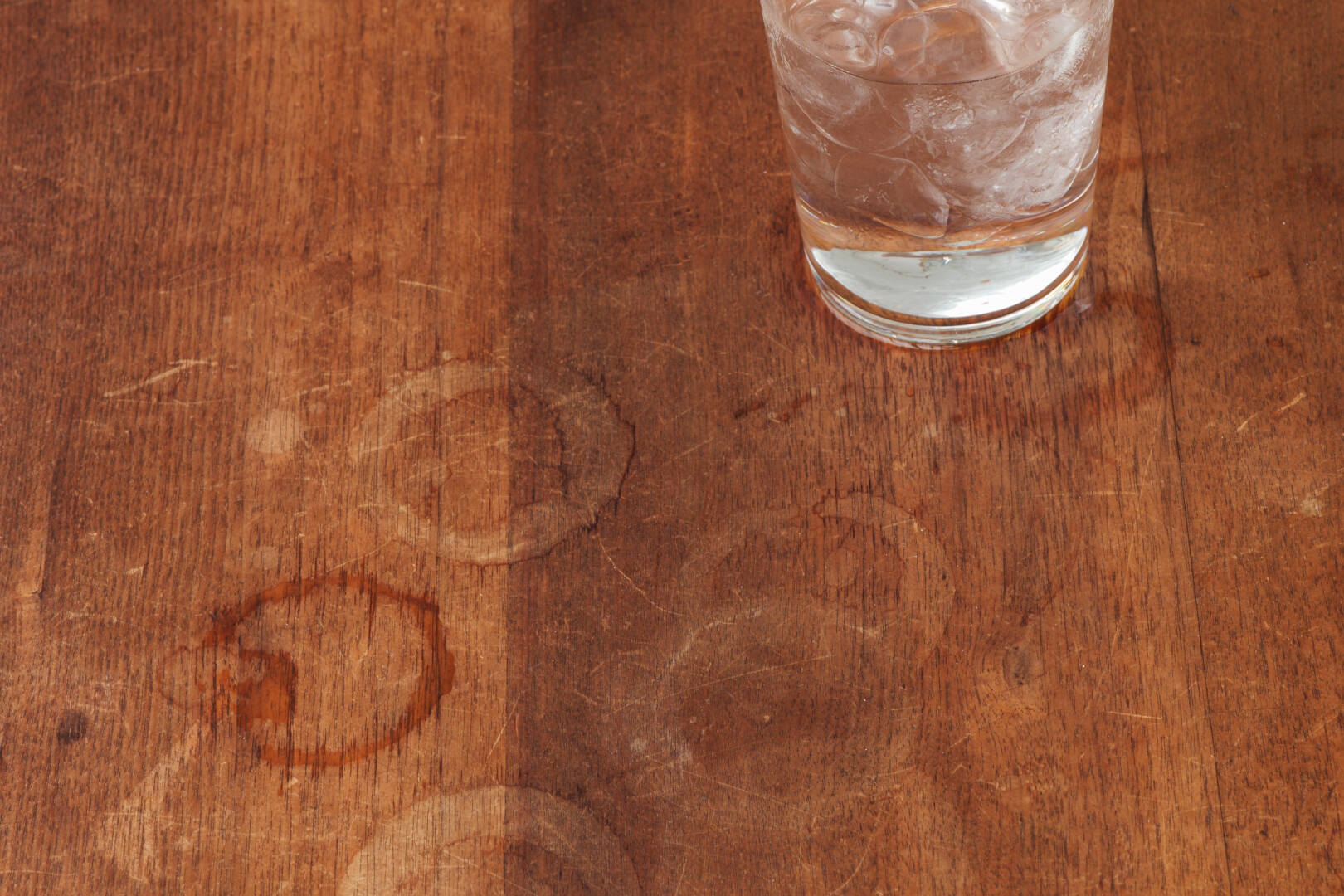
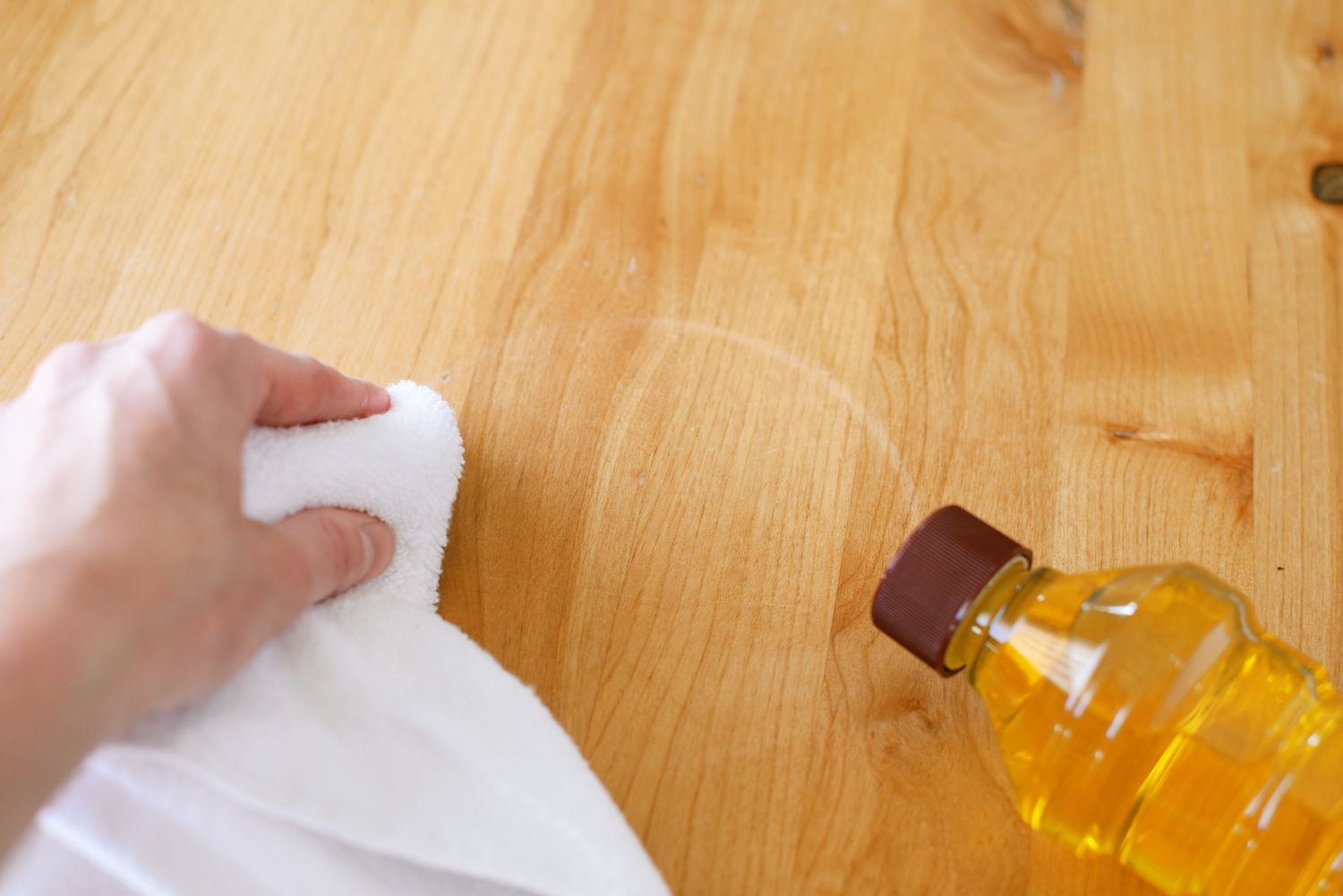
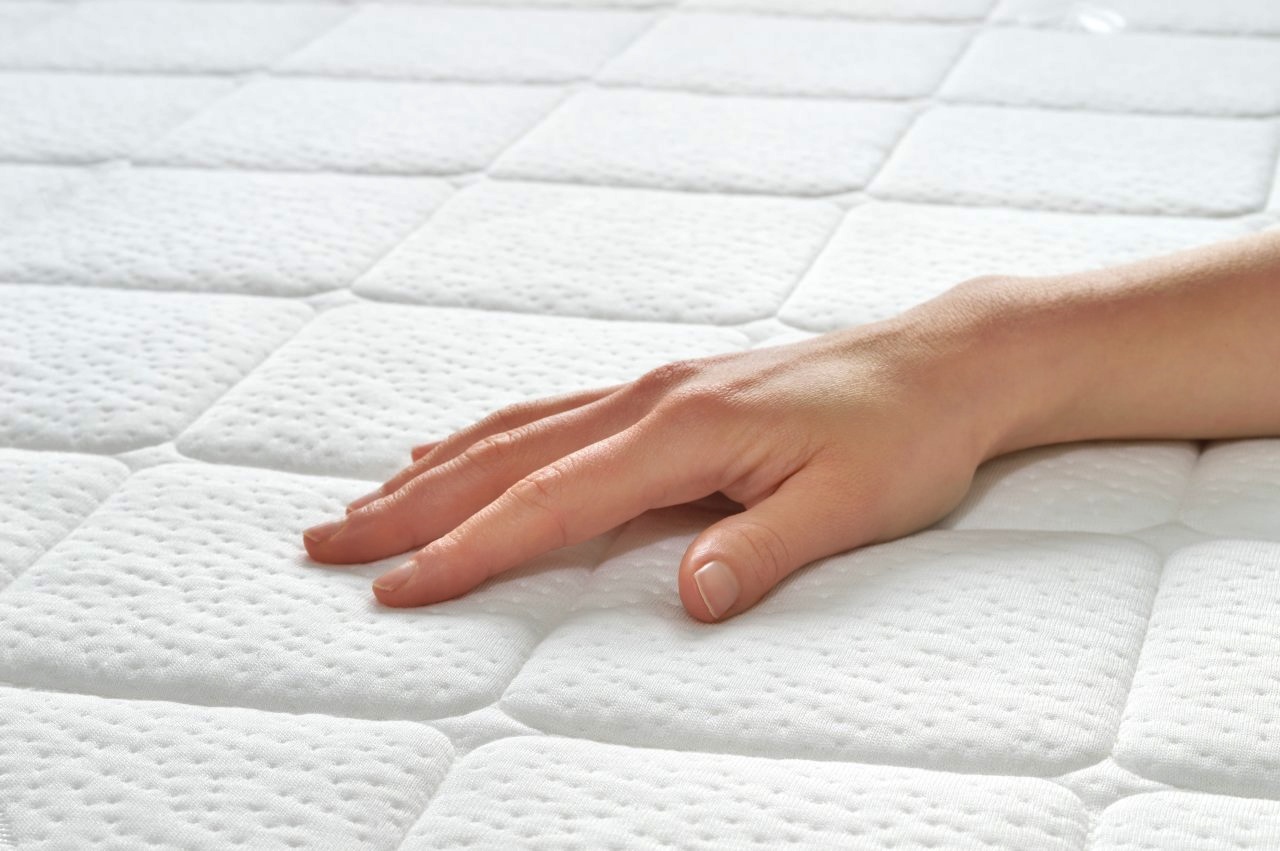

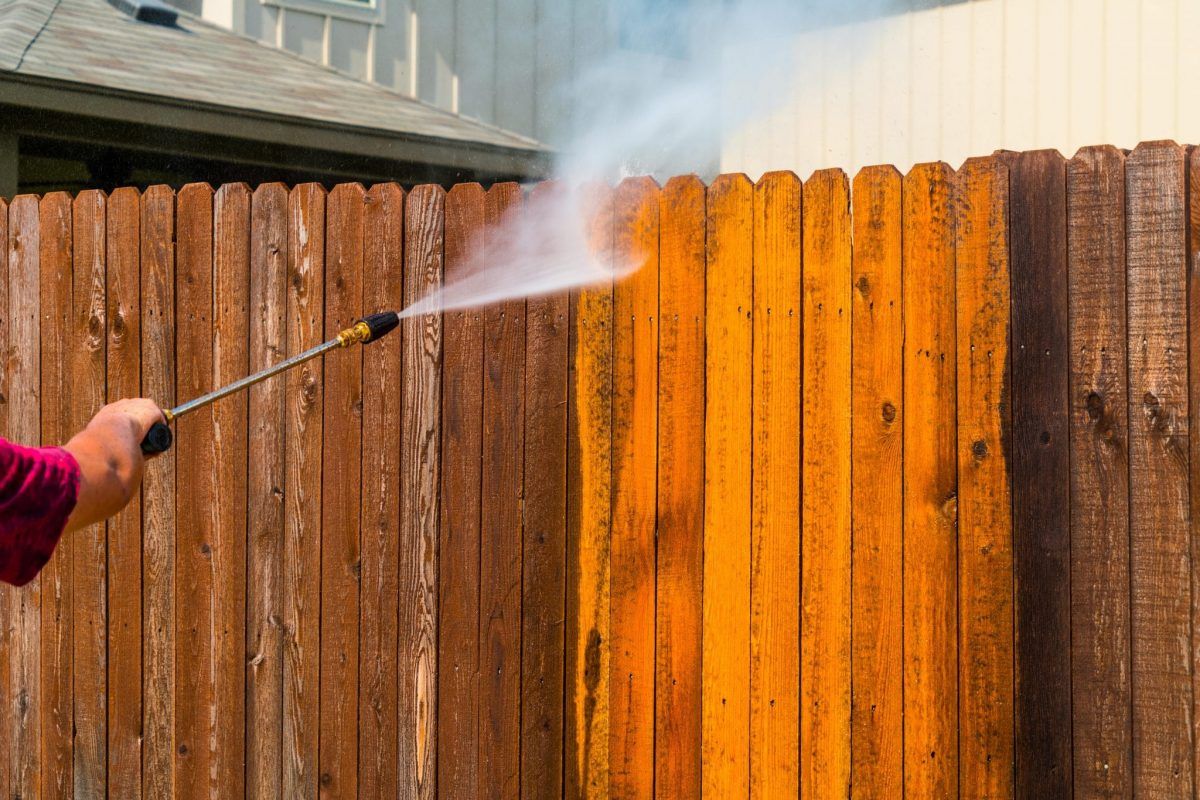
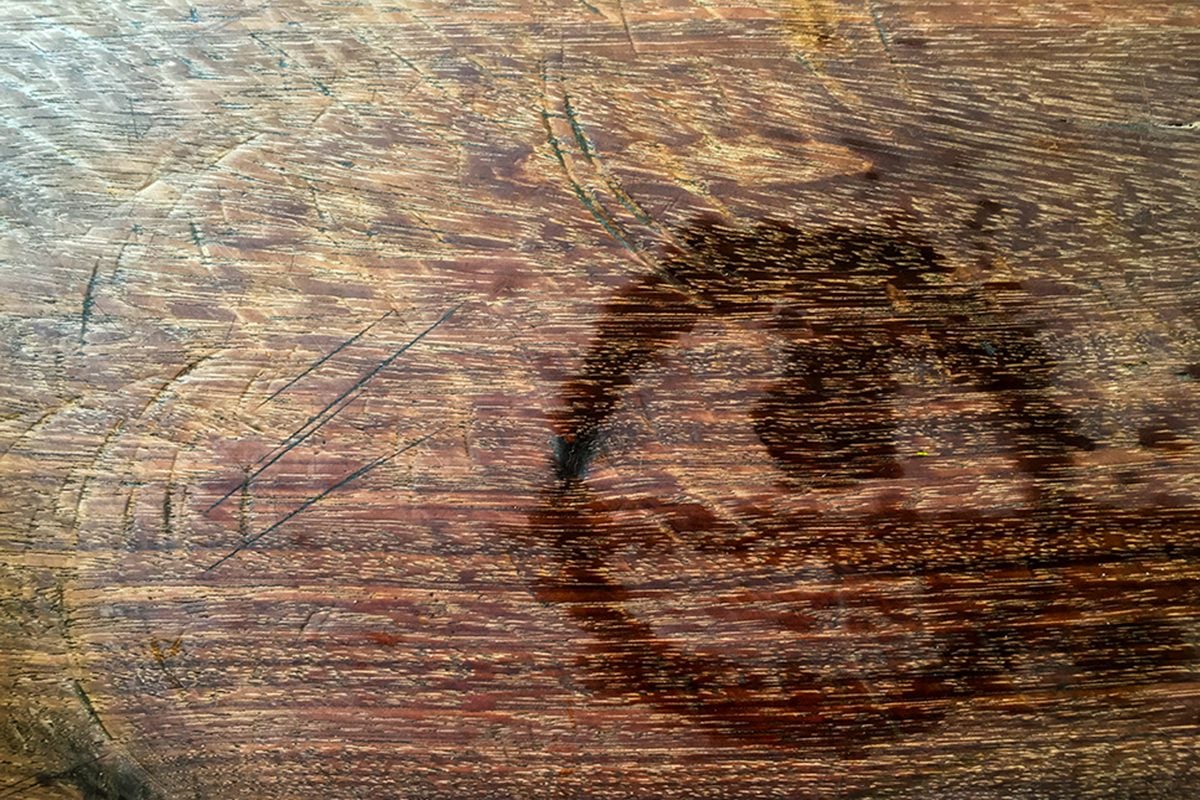
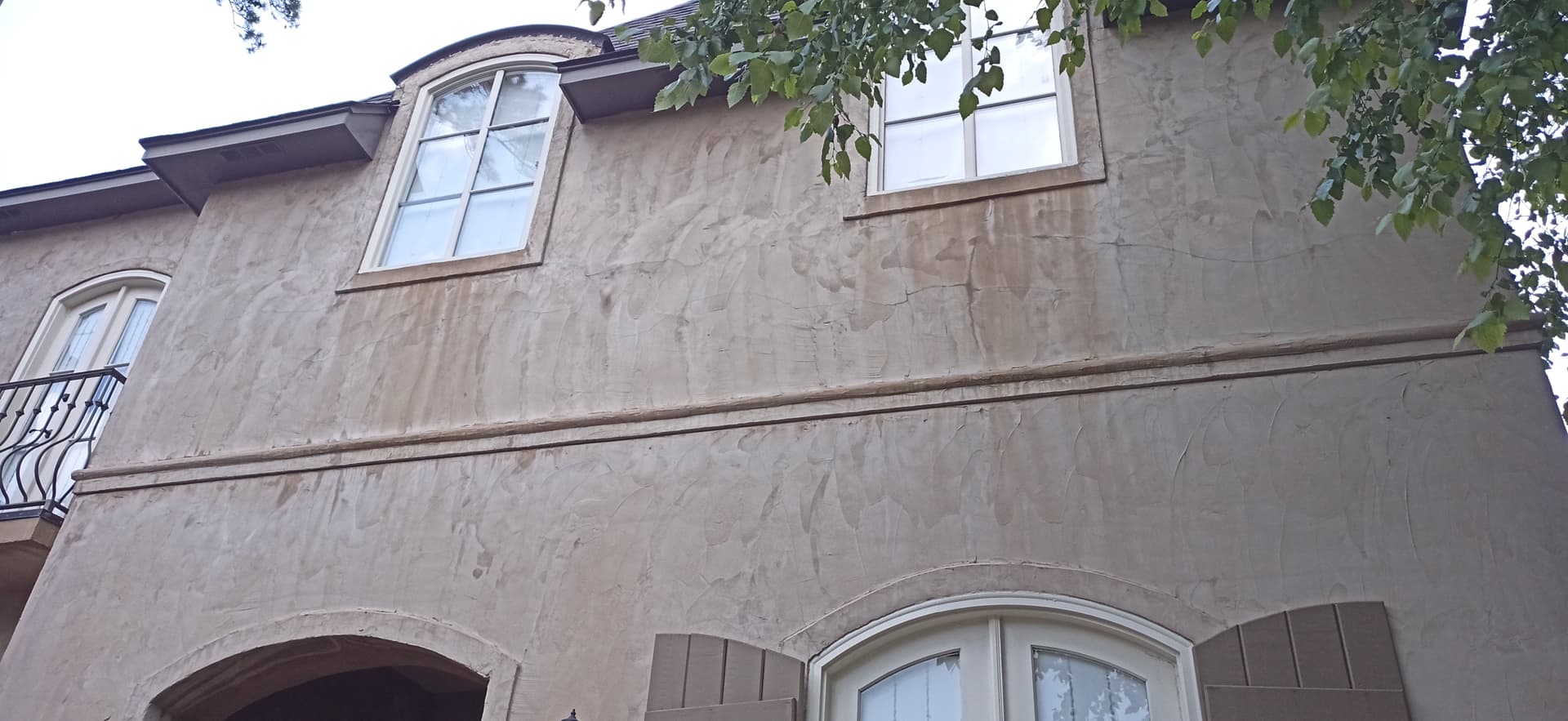
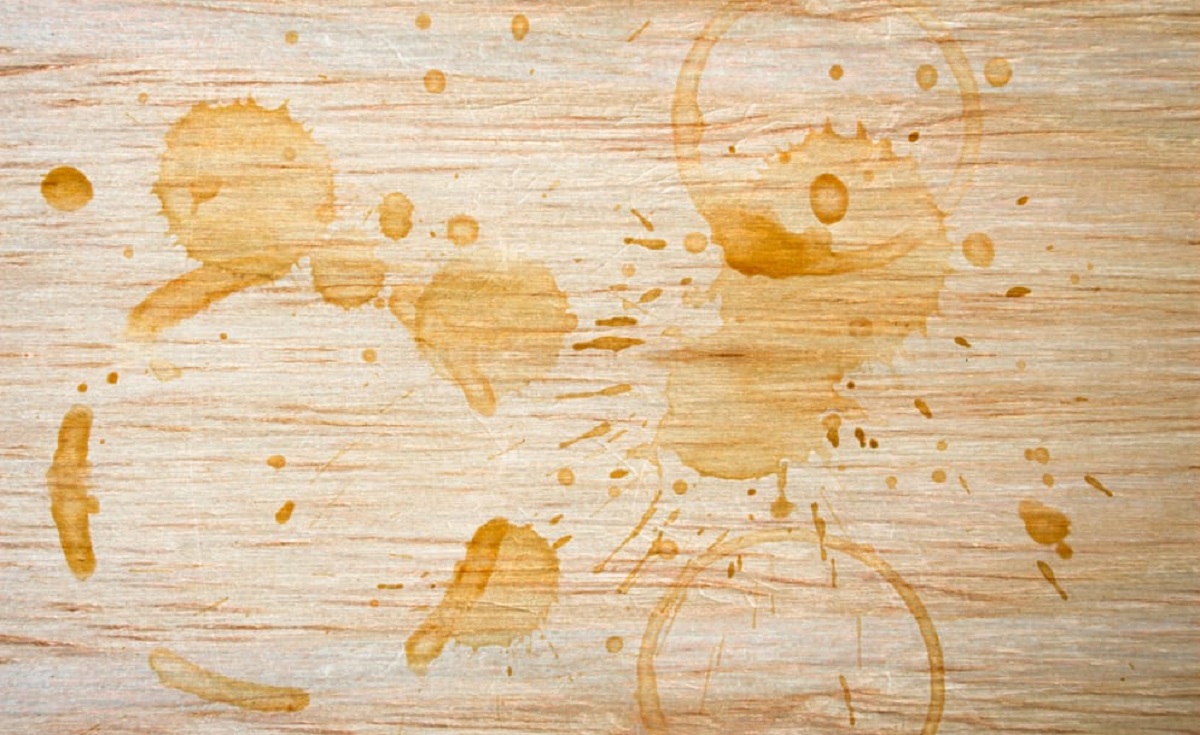

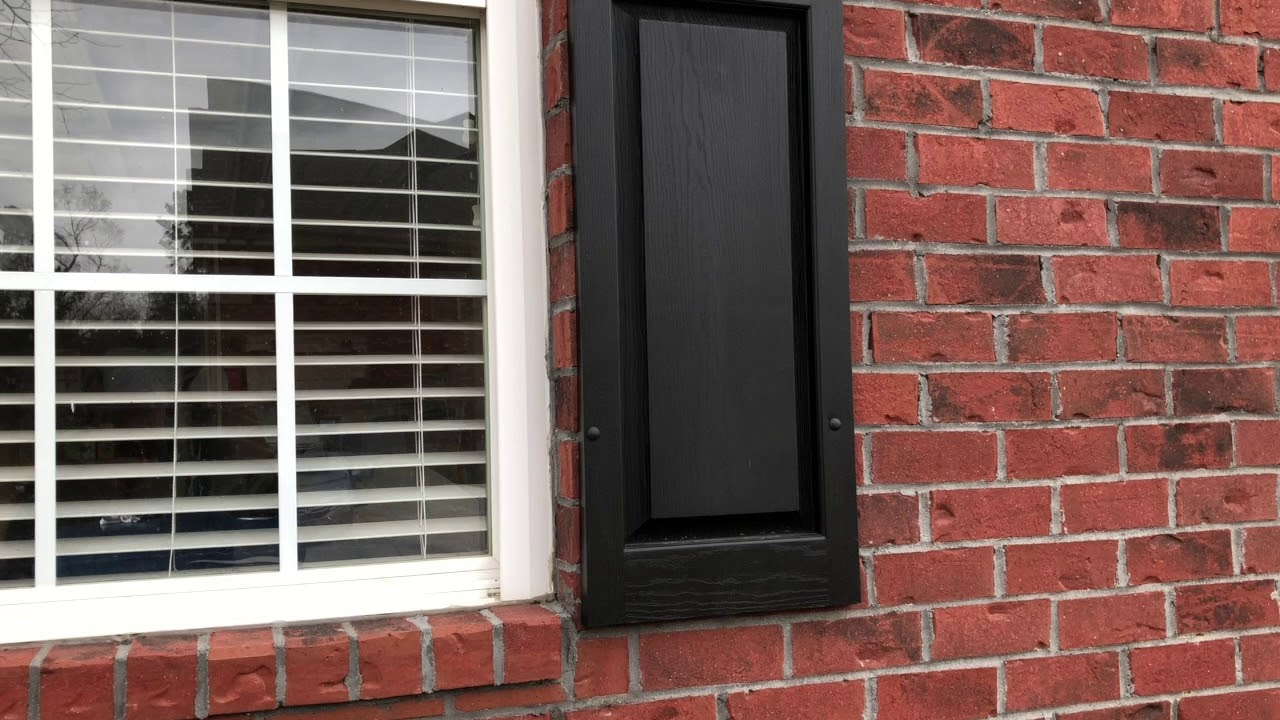

0 thoughts on “How To Remove Wood Stain From Brick”